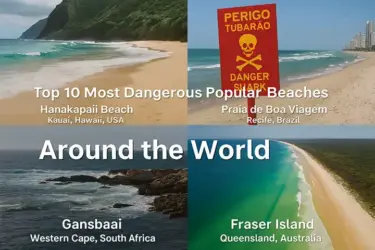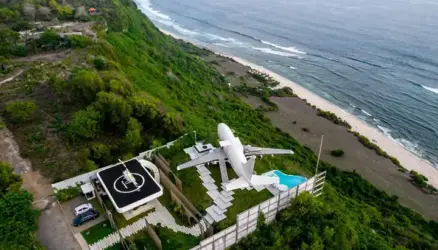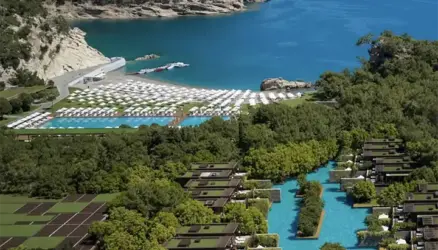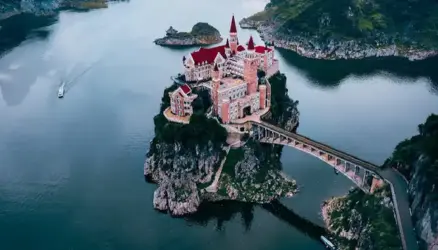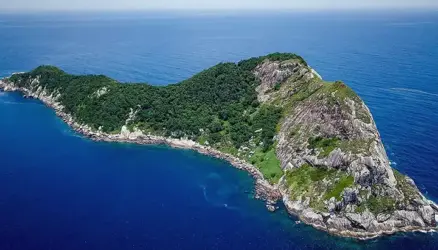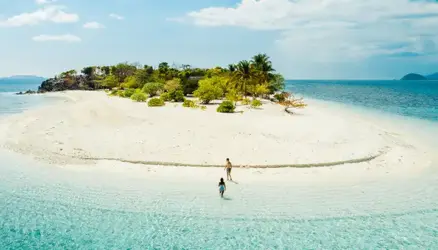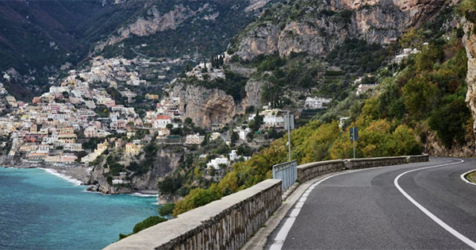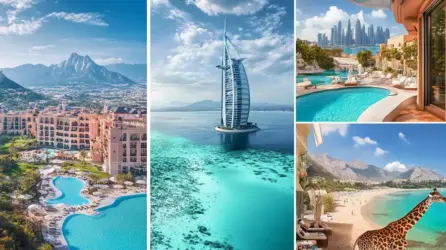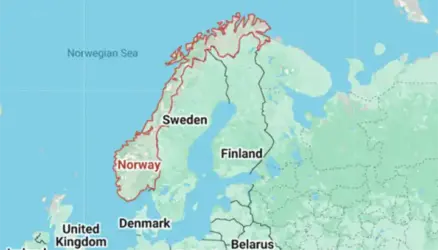Raja Ampat Islands: Indonesia’s Last Paradise
The Raja Ampat Islands, located off the northwest tip of Bird’s Head Peninsula in West Papua, Indonesia, represent one of the most biodiverse marine habitats on earth. This archipelago, comprising over 1,500 small islands, islets, and cays, is renowned for its breathtaking underwater scenery and exceptional biodiversity. Known as the ‘Four Kings’, Raja Ampat is not just a scuba diver’s paradise but also a haven for biologists, conservationists, and eco-tourists.
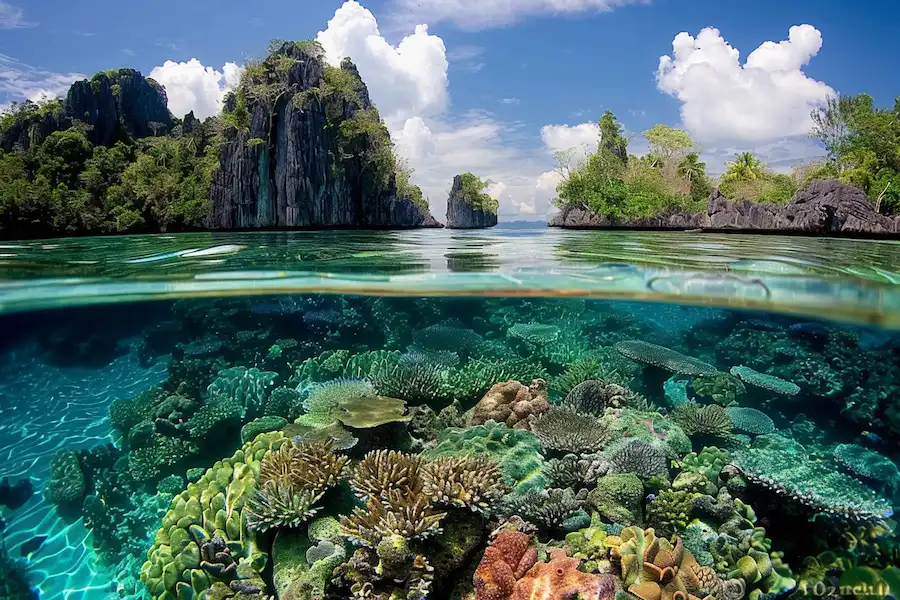
The Allure of Raja Ampat
Unrivaled Marine Diversity
Raja Ampat is at the heart of the Coral Triangle, which houses the richest marine biodiversity on the planet. The area is home to more than 600 species of hard coral alone, making up about 75% of all known species worldwide. Moreover, marine surveys suggest that the marine life surrounding the islands includes:
- Over 1,400 species of fish
- 700 mollusks
- 5 species of endangered sea turtles
This extraordinary marine diversity makes Raja Ampat one of the most important ecological zones globally.
Spectacular Dive Sites
Diving in Raja Ampat is considered world-class due to its pristine reefs and impressive marine life. Some of the most famous dive sites include:
- Cape Kri – Where the record for the most fish species counted in one single dive was set.
- Manta Sandy – Known for manta ray sightings.
- The Passage – A narrow strait offering a unique diving experience with its mix of soft corals and mangroves.

Cultural Heritage
The islands are not only a natural wonder but also a place rich in cultural heritage. The local communities, primarily from the ‘Four Kings’ tribes, live in small villages throughout the islands. Their traditional lifestyle and customs are closely linked to the sea. Visitors can experience this unique culture through village tours and participation in local festivities.
Eco-Tourism and Conservation
Efforts in Sustainability
Raja Ampat’s growing popularity has led to increased tourism, which poses potential threats to its ecosystems. To combat this, several conservation initiatives have been implemented:
- Marine protected areas have been established to guard against overfishing and environmental damage.
- Eco-resorts and dive operators often participate in reef restoration projects and conservation efforts.
- Local communities are involved in the tourism industry, promoting sustainable practices that benefit both the people and the environment.
Visiting Raja Ampat Responsibly
When visiting Raja Ampat, it is crucial to adhere to eco-friendly practices:
- Support local businesses and eco-friendly resorts.
- Participate in conservation activities if available.
- Be mindful of wildlife interactions, maintaining a respectful distance from all creatures.
- Follow all guidelines and regulations set by marine protected areas.
Planning Your Trip
Best Time to Visit
The best time to visit Raja Ampat is during the dry season from October to April, when the seas are calmer and the visibility is best for diving and snorkeling.
Getting There
- From Jakarta: Fly to Sorong via domestic airlines. From Sorong, visitors take a boat to reach the islands of Raja Ampat.
- Visa and Permits: Ensure to check visa requirements and obtain the Raja Ampat Marine Park entry permit, contributing to conservation funding.
Accommodation Options
- Raja Ampat offers various accommodations ranging from homestays with local families to luxury eco-resorts. Booking in advance is recommended, especially during peak season.

A Must-Visit for Eco-Tourists
Raja Ampat remains one of the last few untouched paradises on Earth, offering an unmatched experience for those passionate about marine life, conservation, and cultural immersion. Whether you are an avid diver, a nature lover, or simply someone looking to escape to a remote, pristine environment, Raja Ampat provides an adventure that is as rewarding as it is sustainable.

